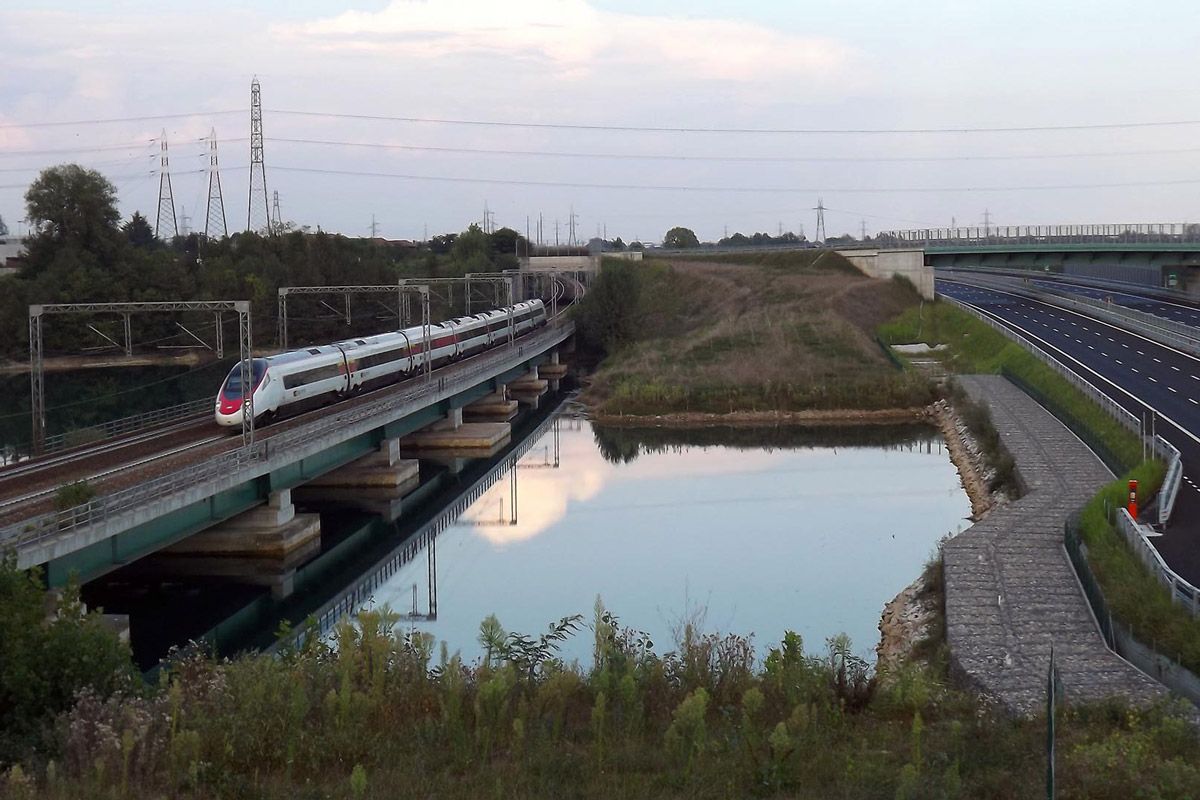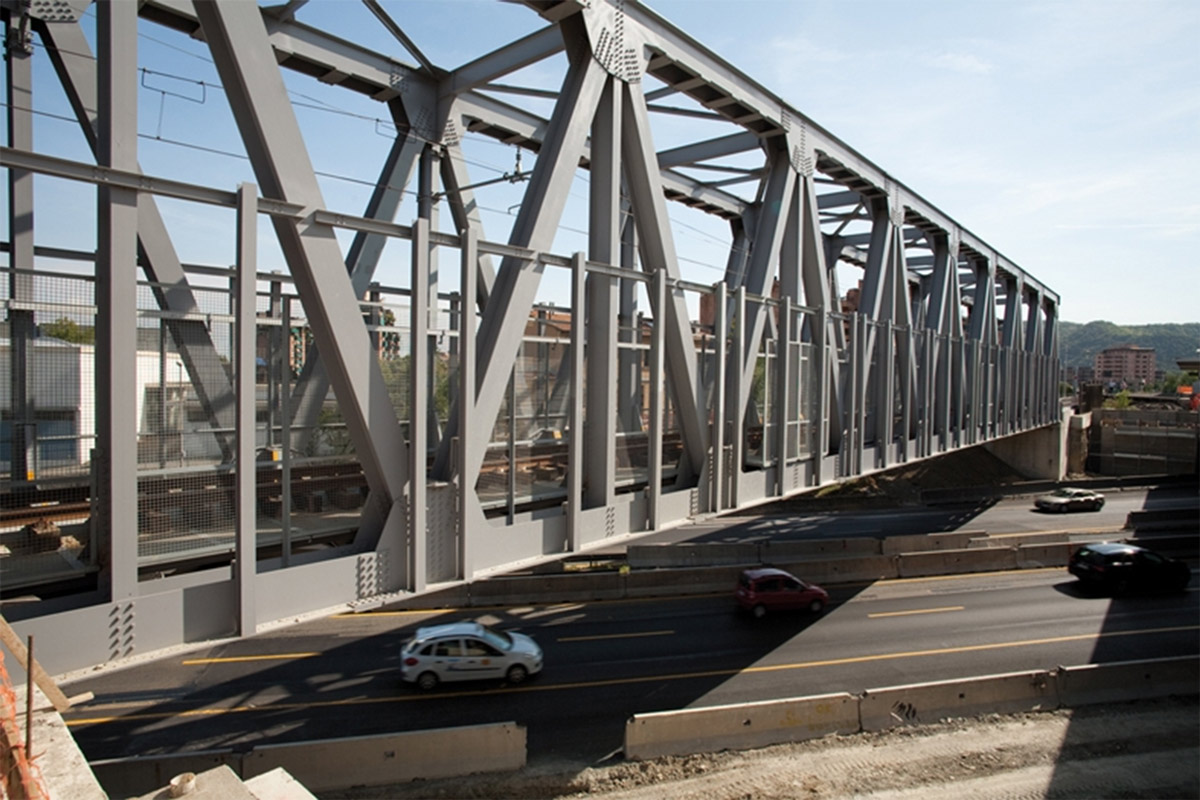The European Union has set an ambitious objective: to become the first continent to have zero climate impact.
To do this, it has promoted the European Green Deal, a very articulate project consisting of a series of laws and investments which will be realized in the following years.
The purpose? Reduce net greenhouse gas emissions by at least 55%, no later than 2030, compared to 1990 levels and achieve climate neutrality by 2050.
Inside this complex scenario, the true challenges will unfold mainly in the infrastructure and transport sector. And, above all, railway transportation will be expected to play a key role…
The Green Deal is a package of strategic initiatives which the EU has decided to undertake a green transition, with a final objective of achieving climate neutrality by 2050. It has pointed out the necessity of a cross sectoral approach, in which all the strategic sectors contribute to the ultimate climate goal.
The first aim of this package is to make the production of electric energy cleaner, which currently is responsible for 75% of greenhouse gas emissions in the EU. And between the interconnected sectors and the object of the Initiatives (industrial, agricultural, finance...) the most relevant is precisely that of transportation.
Today transports contribute at 23% of CO2 emissions and three quarters of freight transport in EU are organized by roads. Only the 18% of transport takes place by train. There are the reasons why the green deal intends to bring emissions to zero, by starting to transfer 30% of road transport to rail by 2030.
Railways have a fundamental role in this transition: currently, there is not a greener means of transportation. They are largely electrified and they emit significantly less CO2 compared to any equivalent transportation by road or air.

- fonte: transportenvironment.org -

- fonte: Agenzia europea dell'ambiente (AEA) -
- fonte: consilium.europa.eu -
Railways are the only transportation that have constantly reduced their CO2 emissions since 1990, and at the same time increasing the volume of transportation. Between 1990 and 2016 energy consumption has also decreased, thanks to the increasing use of renewable energy (Decision (EU) 2020/2228 of the European Parliament and of the Council, 23 December 2020).
Thanks to the PNRR’s investments also in Italy, rail transport situation is in turmoil: the objective is to double train’s traffic by 2030.
Spending on infrastructure’s investments and mobility will generate around 38 billion euros of added value in the production system and an aggregate return rate of 63% which will rise to approximately 77% for construction’s investments.
In the next decade expenditure for this sector will grow by an average of 1,7% per year, a higher rate than average of Eurozone (+1,5%), significantly above of pre-pandemic’s prevision (+0,9%). The increase will be more accentuated on 2021-2026 (+2,6%) and more contained in the following five years (0,9%) (Sace Report Yesterday, today and tomorrow: infrastructures in Italy).
Enrico Giovannini
Minister of Infrastructure and Sustainable Mobility
SOURCES
eea.europa.eu, consilium.europa.eu, investigate-europe.eu, leurispes.it, Commissione europea - Piano d'azione per promuovere il trasporto ferroviario di passeggeri transfrontaliero e a lunga percorrenza (14.12.2021), corriere.it
PARTNER






